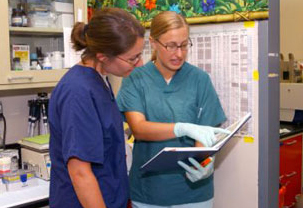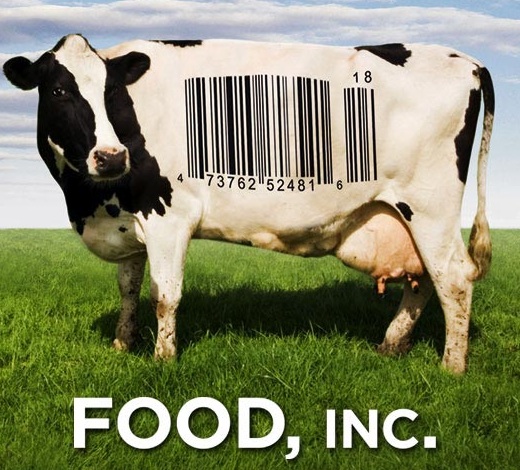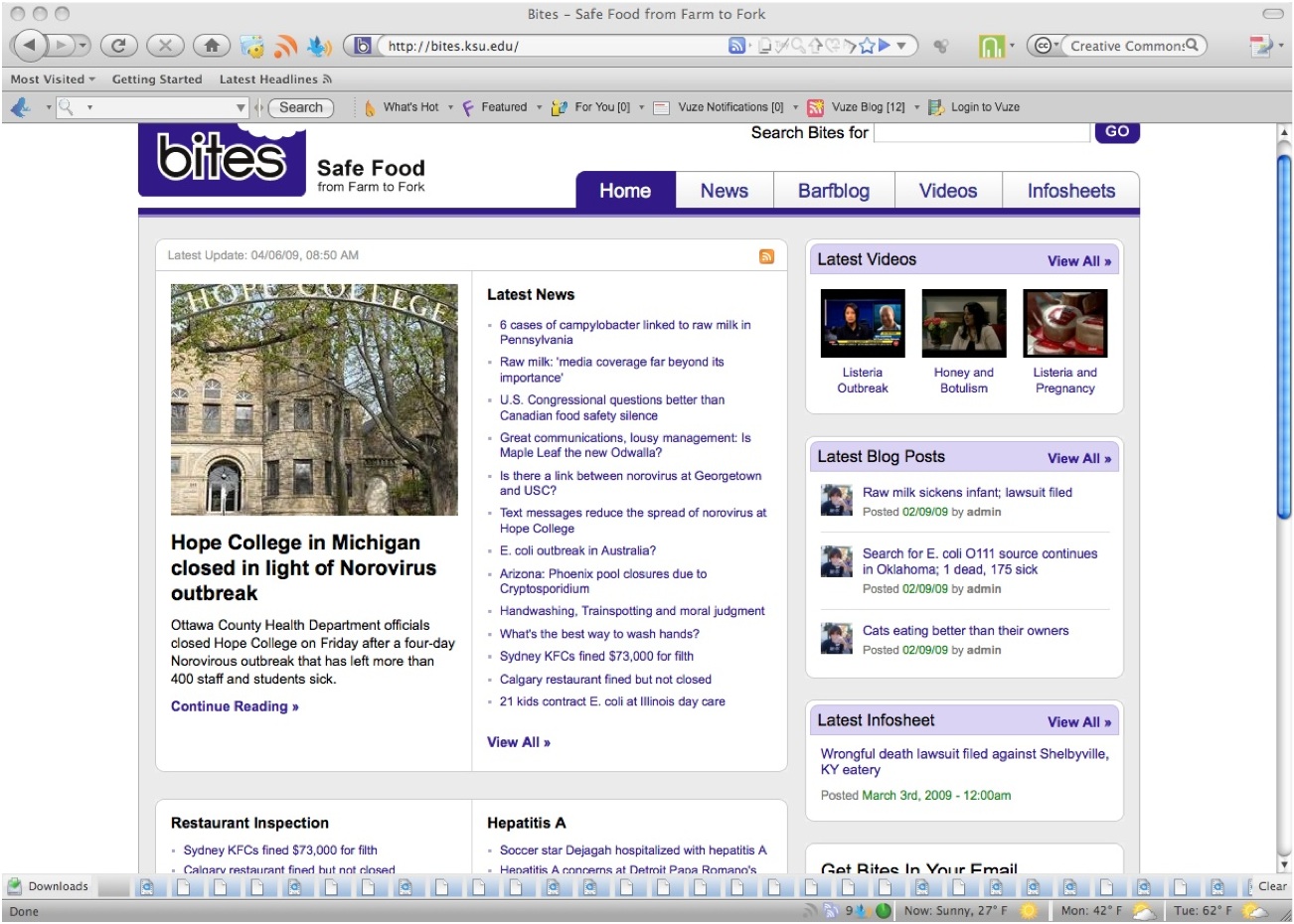.jpg) There aren’t too many jobs out there where employees are required to go through a decontamination shower each day before going home, along with a 30 minute ferry ride. Yet that is just what I got to do during my summer at Plum Island Animal Disease Center. The K-State College of Veterinary Medicine published a short write-up about it in their Sept issue of Lifelines.
There aren’t too many jobs out there where employees are required to go through a decontamination shower each day before going home, along with a 30 minute ferry ride. Yet that is just what I got to do during my summer at Plum Island Animal Disease Center. The K-State College of Veterinary Medicine published a short write-up about it in their Sept issue of Lifelines.
Michelle Mazur and Stephan Gibson, both class of 2012, spent the summer working at Plum Island Animal Disease Center (PIADC). The opportunity was made available through a cooperative effort between the Oak Ridge Institute for Science and Education, United States Department of Agriculture and Department of Homeland Security. Each student spent 12 weeks working in the facility in Plum Island, N.Y., on an assigned project.
Michelle worked in veterinary pathology on a study investigating the pathogenesis of foot-and-mouth disease (FMD) in persistently infected animals, while Stephan assessed the usefulness of a lymphocyte blastogenesis assay for measuring the T-cell response of cattle to FMD vaccine trials.
Both students gained valuable laboratory experience as well as experience in working in a biocontainment laboratory. PIADC is classified as a biolevel 3 facility, and it is the only place in the U.S. where scientists can conduct research and diagnostic work on FMD.
In addition to working on their respective projects, Stephan and Michelle also had the opportunity to attend a two-week intensive Foreign Animal Disease Diagnostician course. They heard a series of lectures describing the pathogenesis and characteristics of 20 different foreign animal diseases, and observed clinical cases and necropsies of each disease.
The FMD project opened my eyes to all the possibilities for vets in foreign animal diseases. Here’s hoping the NBAF will break ground soon to open the job market a bit more.

 The Australian Animal Health Laboratory
The Australian Animal Health Laboratory  VIN (Veterinary Information Network)
VIN (Veterinary Information Network) 

.jpg)

.jpg) The listserv you have been subscribed to no longer exists. All of the activities of the International Food Safety Network at Kansas State University have been consolidated under
The listserv you have been subscribed to no longer exists. All of the activities of the International Food Safety Network at Kansas State University have been consolidated under  Dr. Douglas Powell, associate professor of food safety at Kansas State University, leads a group of individuals passionately committed to reducing the incidence of foodborne illness, through research, teaching and information. The group strives daily to be the international leader in comprehensive and compelling food safety information that impacts individual lives – and reduces the number of sick people.
Dr. Douglas Powell, associate professor of food safety at Kansas State University, leads a group of individuals passionately committed to reducing the incidence of foodborne illness, through research, teaching and information. The group strives daily to be the international leader in comprehensive and compelling food safety information that impacts individual lives – and reduces the number of sick people. I say sorta because it’s a work in progress that can be continuously updated and improved. The beta-version, warts and all, is now available.
I say sorta because it’s a work in progress that can be continuously updated and improved. The beta-version, warts and all, is now available..jpg)
.jpg) The four listservs – FSnet, Agnet, Animalnet and FFnet – are going to be
The four listservs – FSnet, Agnet, Animalnet and FFnet – are going to be 